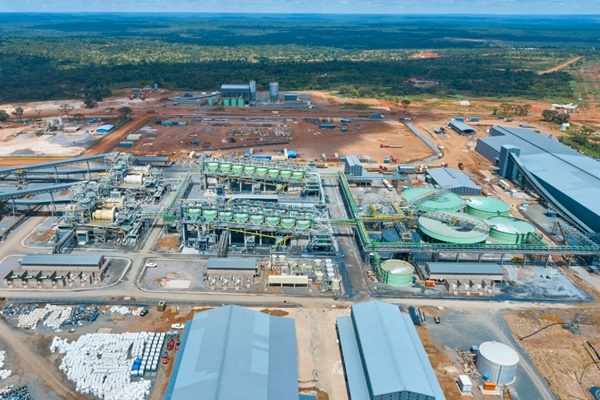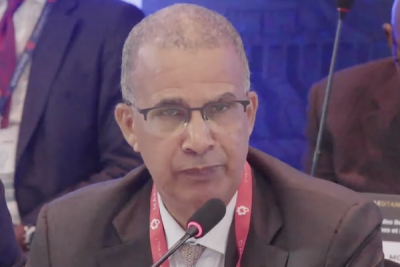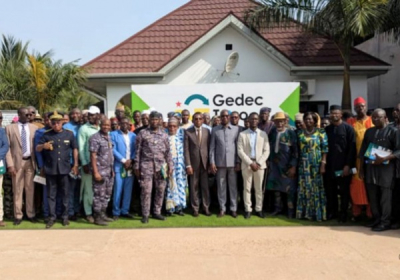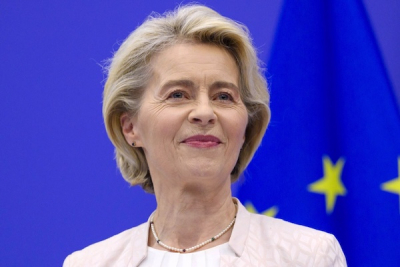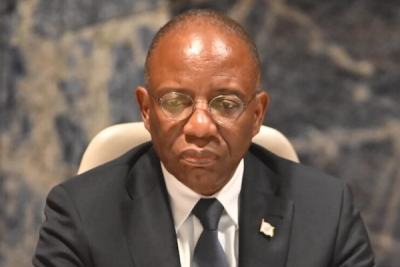On January 24, 2025, Ivanhoe Mines, a major mining operator in the Democratic Republic of Congo (DRC), successfully raised $750 million on international markets, exceeding its initial $600 million target. The funds come as Rwanda-backed M23 rebels escalate hostilities in eastern DRC.
The funds are repayable over five years at a 7.875% interest rate. Though steep compared to global benchmarks, this rate undercuts borrowing costs for many Africa-focused firms. Investors could have been deterred by the ongoing security crisis in the East, especially since the recent operation is partly guaranteed by Kipushi Holdings, one of Ivanhoe’s subsidiaries in DRC.
Several factors could explain the successful fundraising, including the strong demand for zinc and copper, which Ivanhoe extracts in DRC. Also, Copper futures on the London Metal Exchange (LME) have climbed steadily, reflecting tightening global supply chains. Another reason is that Ivanhoe and its subsidiaries have a good borrowing track record.
The funds raised will primarily fuel Ivanhoe’s ambitious expansion at its Kamoa-Kakula copper complex, where 2025 investments are projected between $1.42 billion and $1.67 billion. By contrast, the Kipushi zinc mine—now operational after a $185 million overhaul—is forecast to receive only $25 million for capacity upgrades.
This marks Ivanhoe’s latest in a series of strategic financings. In 2023, Rawbank extended an $80 million loan (since repaid), while FirstBank’s Congolese unit provided $50 million due in May 2025. Last summer, Trafigura Asie and CITIC Group (Ivanhoe’s largest shareholder, with a 22% stake) contributed $60 million via prepayment deals tied to future mineral output.
It remains to be seen what will happen to the value of the shares in the recent $750 million loan, listed on several European and American stock exchanges. In early January, Ivanhoe tempered shareholder enthusiasm by announcing lower-than-expected copper production forecasts, while raising its capital expenditure forecasts compared with estimates made three months earlier. Its communication to investors, scheduled for the close of trading on February 19, will hence be closely scrutinized.
This article was initially published in French by Georges Auréole Bamba
Edited in English by Ola Schad Akinocho






